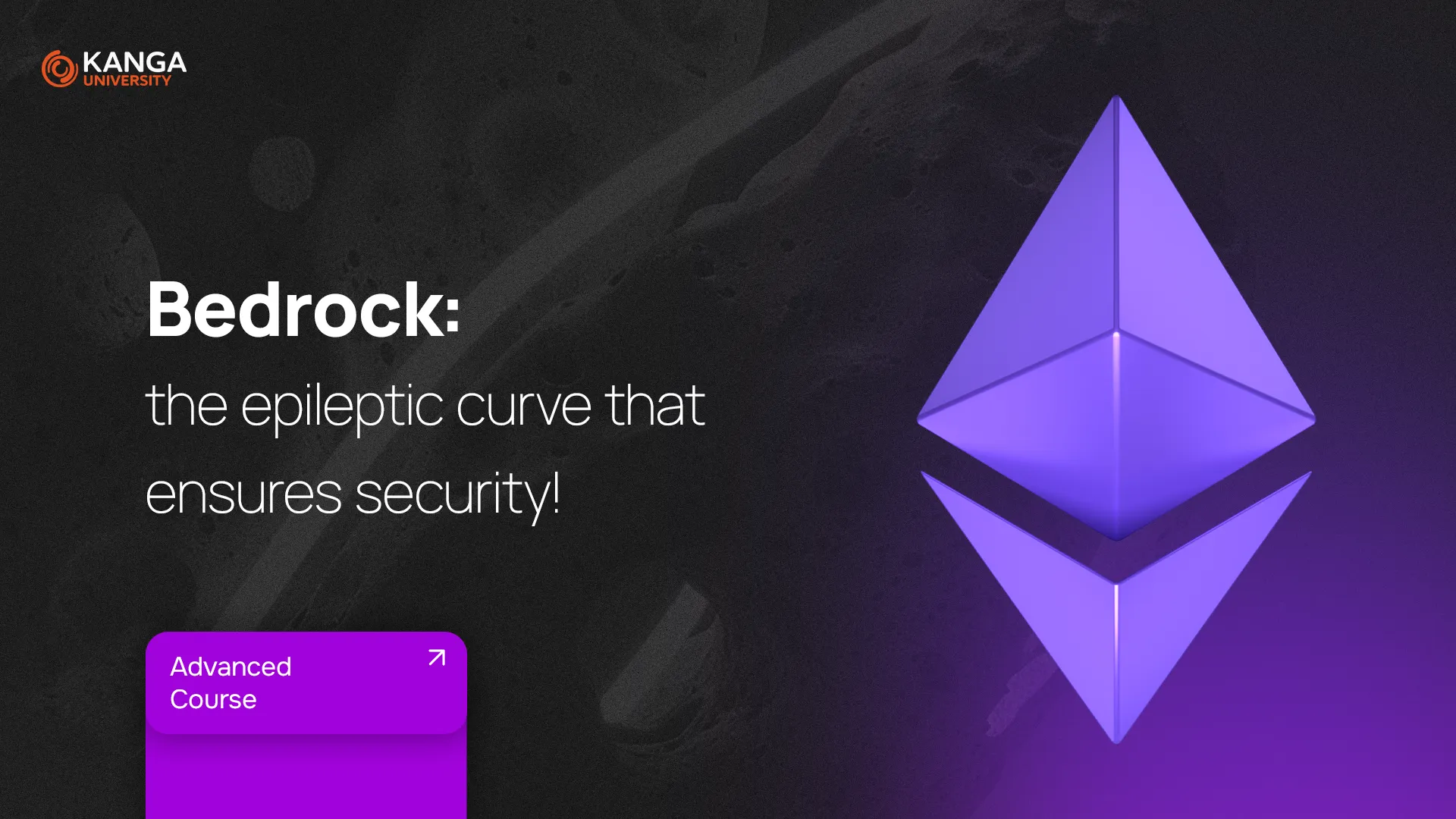
Imagine if your favorite app suddenly got faster, cheaper to use, and smoother overall. That’s basically what happened in the crypto world when Optimism, a layer 2 solution built on Ethereum, rolled out its major upgrade called Bedrock.
Optimism is one of the most popular tools for scaling Ethereum — making it faster and cheaper without changing the core of how Ethereum works. In June 2023, Optimism launched Bedrock, an upgrade that fundamentally changed how the network works — in a good way.
What Is Bedrock and Why Was It Introduced?
Think of Bedrock as a rebuild of Optimism’s core systems. It wasn’t just a patch or a tweak — it was a full-scale transformation designed to:
-
Lower transaction fees
-
Speed up fund transfers
-
Make the system more compatible with Ethereum
-
Make future upgrades easier
In short: it made Optimism much more efficient, developer-friendly, and future-ready.
What Did Bedrock Actually Change?
1. Cheaper Transactions
Bedrock introduced a new way to compress data and removed unnecessary fees tied to how information is sent to Ethereum’s base layer. This led to a 10–20% drop in gas fees compared to the older version of Optimism.
2. Faster Fund Transfers
Before Bedrock, it could take up to 10 minutes to move assets from Ethereum to Optimism. Now? Just 2–3 minutes. This is thanks to smarter syncing between Ethereum and Optimism.
3. Modular Design = Future-Proof
Bedrock was built like LEGO: different components can be updated or swapped out without rebuilding the whole system. This modular approach makes it easier to improve Optimism in the future without breaking anything.
4. Tighter Ethereum Integration
The upgrade made Optimism behave more like Ethereum. Developers can use the same tools, and apps can run almost exactly as they do on Ethereum itself — but with much better performance and lower costs.
How Bedrock Works Behind the Scenes (Without the Jargon)
Here’s what’s happening under the hood, in plain language:
-
Separated components: Different parts of the system can be updated independently.
-
Based on Ethereum’s tools: Bedrock reuses Ethereum’s most trusted software, especially the popular Go-Ethereum client (geth).
-
No Proof-of-Stake: Optimism doesn’t rely on validators like Ethereum does. Instead, it uses something called block derivation — a different way to sync up with Ethereum that’s simpler and faster.
-
Full support for key Ethereum features: Like EIP-1559 (a fee system), chain reorganizations (when Ethereum reshuffles blocks), and more.
What Does Bedrock Mean for You?
-
For users: Lower fees, faster transfers, and smoother apps.
-
For developers: Easier, more powerful tools to build the next generation of Web3 apps.
-
For the crypto ecosystem: A big step toward scalable, user-friendly decentralized finance (DeFi).
Current Status as of November 20, 2025
Daily Active Addresses (DAU): Activity on the OP Mainnet network maintains stability and vitality. The number of daily users hovers around 98,000, which represents a healthy, minimal strengthening of its position. Despite market fluctuations, the network sustains a strong base of developers and consistent users who fuel its growth—it is a trusted backbone that is pulsing with life.
Total Value Locked (TVL): The TVL, the sum of assets locked in protocols on OP Mainnet, currently stands at approximately $3.1 billion USD. This minimal increase reverses the capital rotation and reflects a return of confidence in the most established protocols. While capital continues to circulate within the Superchain ecosystem (between OP Mainnet and Base), the stable TVL demonstrates the maturity of the entire system, rather than a weakening of the technology itself.
OP Stack Adoption in the Superchain Ecosystem: Building a Digital Empire
The OP Stack software remains the undisputed foundation for the most dynamic Layer-2 projects, confirming its position as the market standard for building digital cities.
Base (Coinbase): The Base network has solidified its leading position in the Superchain ecosystem and is like the largest, most vibrant metropolis. It regularly logs over 15 million monthly active users. It has become the main, easy entry hub into the Web3 world for Coinbase users. Its viral culture and simple operation continue to drive mass adoption.
World Chain (Worldcoin): Following initial growth and stabilization, activity on World Chain shows a slight increase, reaching approximately 950,000 monthly active users. The project remains a key component of the Worldcoin ecosystem, focusing on the development of digital identity and serving as the digital passport within the Superchain.
Unichain (Uniswap): Unichain, the dedicated network for the Uniswap protocol, is a crucial, invisible piece of the Superchain infrastructure. It acts as a special traffic lane optimizing the operations of the largest decentralized exchange. This network plays a fundamental role in the development strategy of Uniswap V4, ensuring low fees and lightning-fast throughput.
Recent and Future Network Upgrades: Geological Evolution
The “Bedrock” nomenclature for subsequent versions is now historical. The development team has moved to a new, geological naming scheme, continuing regular network enhancements.
Isthmus Upgrade Deployment: In May 2025, the hard fork named Isthmus was successfully activated. This was a key update that integrated features from the large Ethereum upgrade (Pectra) across the entire Superchain ecosystem (including OP Mainnet, Base, and others). As a result, developers and users gained access to the latest tools and improvements almost immediately after their implementation on the Layer-1—this is like instant innovation transfer.
Future Plans – Preparation for Fusaka: Current efforts are concentrated on preparing for the next major network event—the Fusaka fork. This aims to further increase the throughput, reliability, and overall performance of the Superchain, acting as the foundation for the next monumental wave of adoption and innovation. It is the construction of the next floor of the digital skyscraper.
Summary
Optimism remains one of the most efficient and rapidly evolving rollups in the Ethereum ecosystem. With successive Bedrock upgrades and the growing adoption of OP Stack, the network continues to strengthen its position as a leading Layer 2 technology standard.